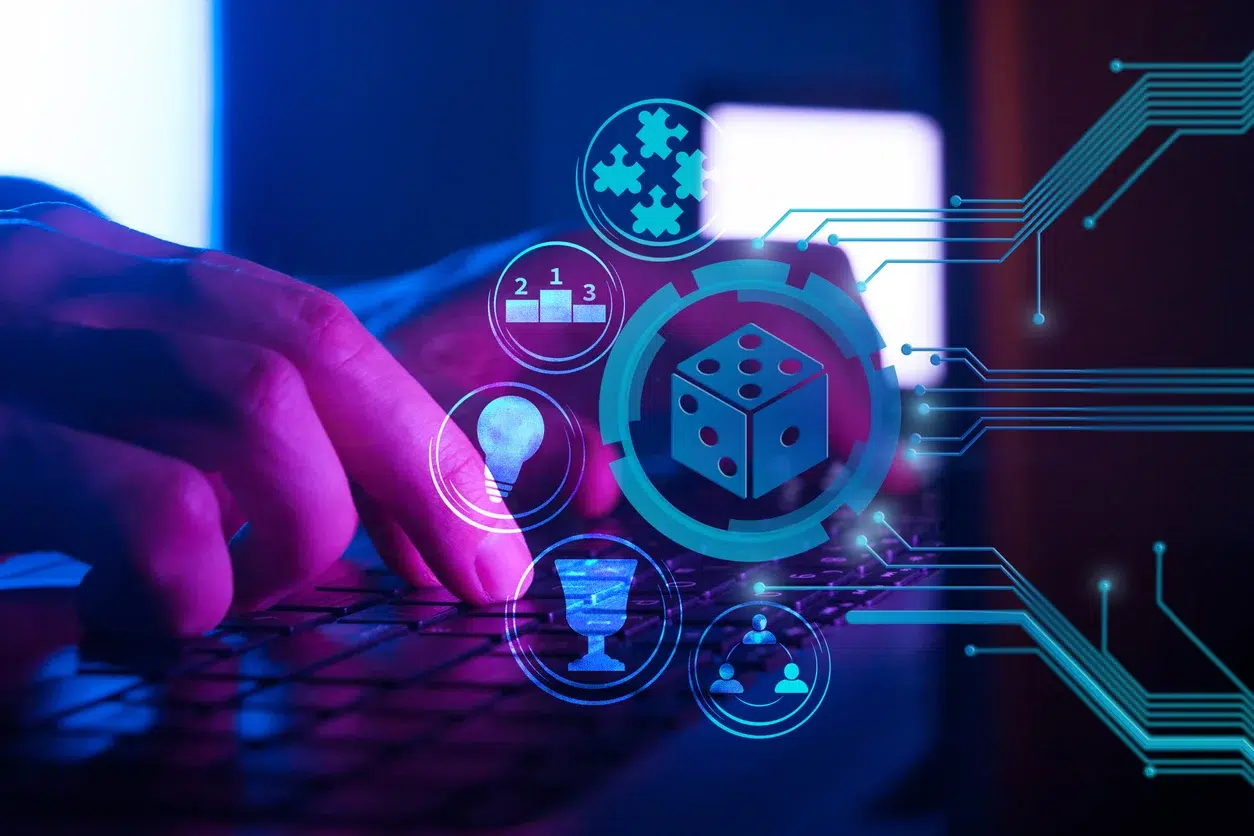Flashcards are out. XP points, quests, and in-app loot are in.
In 2025, students aren’t just studying—they’re levelling up. Thanks to a wave of gamified study tools, learning now looks more like a video game than a traditional classroom. This isn’t just about fun. It’s about motivation, memory retention, and engagement.
Let’s explore why gamified study is gaining momentum and how platforms are reshaping education.
Why Gamification Works
Gamification applies game mechanics (like rewards, levels, and challenges) to non-game environments—in this case, education.
Here’s why it works:
- Instant feedback: Immediate responses keep students engaged and aware of their progress.
- Intrinsic motivation: Points and progress bars tap into the same psychological drivers as games.
- Low-stakes repetition: Students can fail without consequence, encouraging practice and improvement.
- Personalization: Gamified apps adjust difficulty and pacing, making learning feel more tailored.
Top Gamified Study Tools in 2025
1. Duolingo Max
The OG of gamified learning, Duolingo has levelled up with AI-driven interactions. Students unlock story-based lessons and compete in global leagues. With real-time conversation bots, it’s not just about vocab anymore—it’s near-immersion.
2. Classcraft
Designed for classroom use, Classcraft transforms learning into an RPG. Students create avatars, earn points for collaboration, and face “boss battles” during assessments. Teachers track behavior and academic growth in real time.
3. Quizizz & Blooket
Platforms like Quizizz and Blooket gamify quizzes with competitive elements. Students answer questions to gain power-ups, challenge classmates, or earn digital currency to customize avatars.
4. Custom Minecraft Mods
Some educators are creating custom Minecraft mods where lessons are embedded within missions. Solve a puzzle, unlock the next room. It’s a digital scavenger hunt for knowledge.
5. AI-Based Quiz Builders
With tools like Conker.ai or in-platform LMS gamifies, educators now build their own mini-games, badges, and progress maps tailored to their curriculum—no coding required.
Student Perspectives: Why It Clicks
Gamified learning doesn’t just feel more fun. It feels more doable.
- “I used to hate studying history, but now it’s like completing quests. Each topic is a boss I beat.”
- “Getting XP and rewards feels way better than just staring at slides.”
- “It doesn’t feel like school. It feels like progress.”
The Science Backs It
Research shows that gamification increases:
- Engagement: Students are more likely to return to platforms consistently.
- Retention: Game-based repetition supports memory consolidation.
- Confidence: Progress tracking helps students see their improvement.
The Future of Gamified Study
Gamified tools are evolving beyond just quizzes:
- Augmented Reality Quests: Walk around campus to unlock facts.
- Team Missions: Group projects that feel like co-op multiplayer.
- Skill Trees: Choose learning paths like skill branches in a game.
- Tokenised Rewards: Earn credits for physical rewards or classroom perks.
Challenges to Consider
While the trend is exciting, it comes with caveats:
- Overuse of rewards may reduce intrinsic motivation over time.
- Gamification must be inclusive and accessible.
- Not all subjects translate easily into game formats.
Final Thoughts
Gamified study tools in education aren’t just a passing fad—they’re a sign of where learning is headed. By blending fun with function, students are not only more engaged but also better equipped to retain and apply what they learn.
Whether you’re a teacher looking to motivate or a student searching for new ways to stay on track, it might be time to trade your flashcards for a few digital power-ups.






